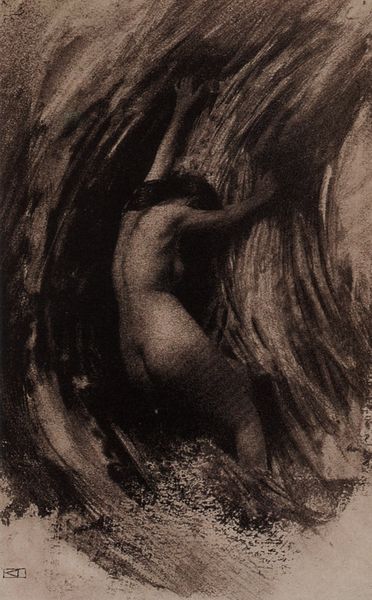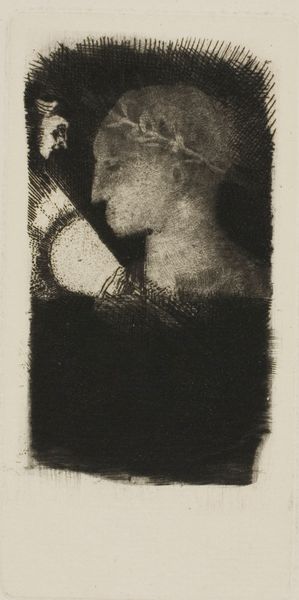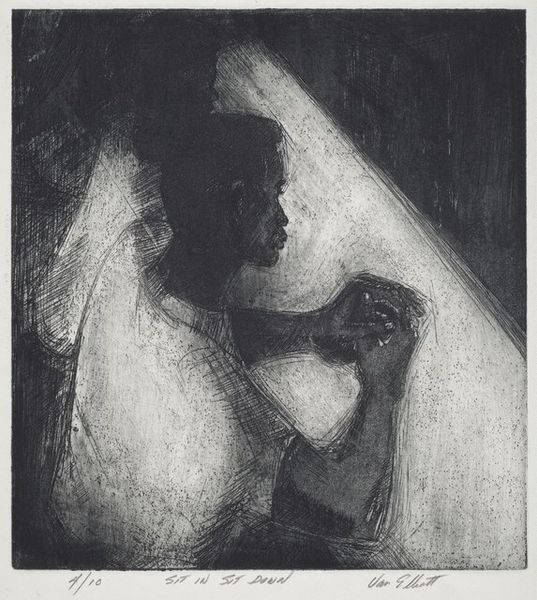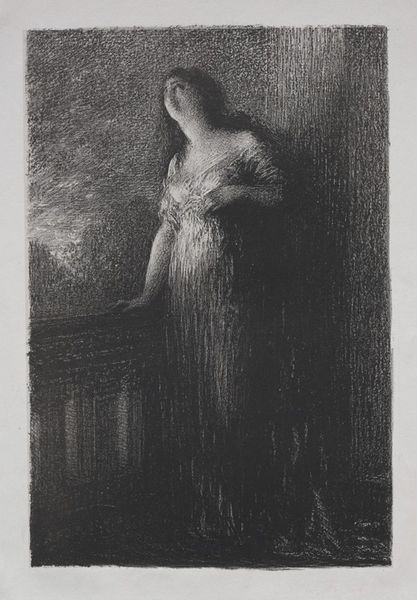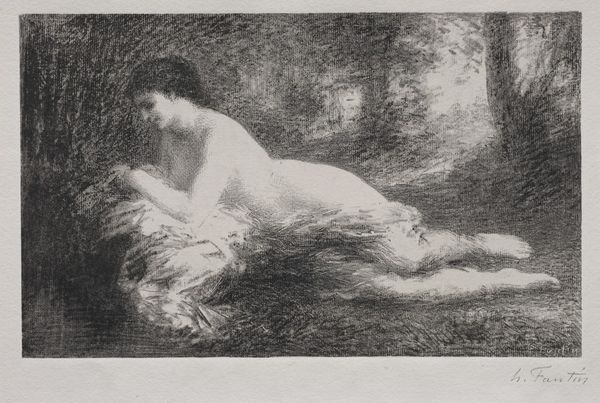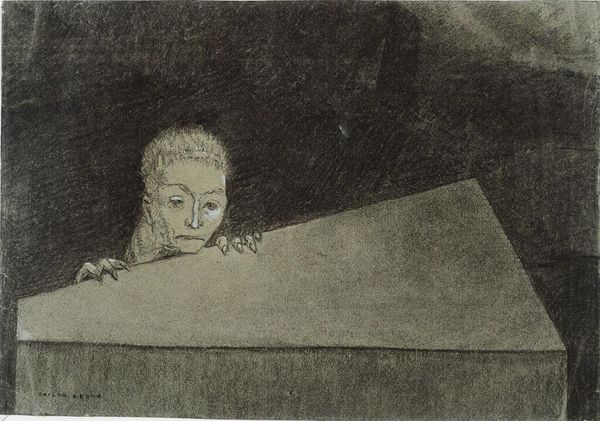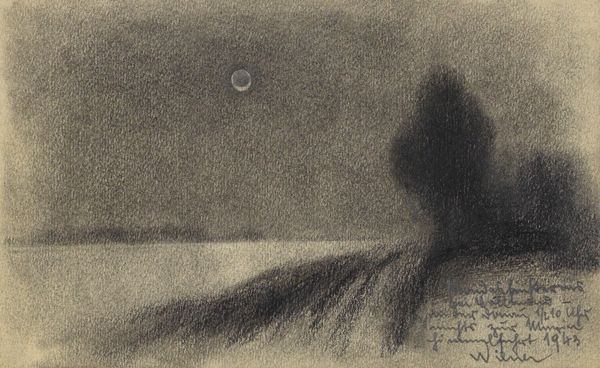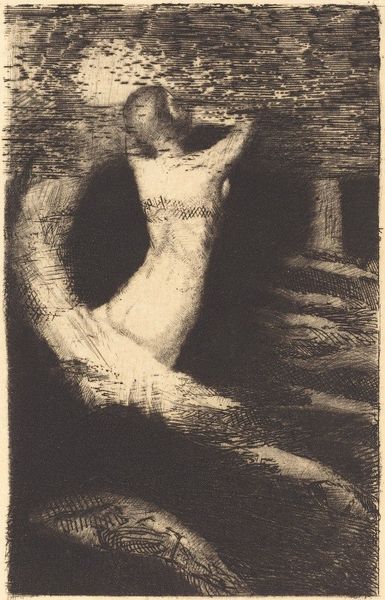
drawing, charcoal, frottage
#
portrait
#
drawing
#
landscape
#
charcoal drawing
#
romanticism
#
symbolism
#
charcoal
#
charcoal
#
frottage
Copyright: Public Domain: Artvee
Editor: Here we have Odilon Redon's "Ophélie," created using charcoal and frottage. The composition is stark, with the pale face of Ophelia contrasting against a dark, watery background. What strikes me is the artist's unique approach to materiality and technique; it looks like something created almost alchemically. What's your take? Curator: I think you’ve already hit on something important. Consider how the physical act of creating this work with charcoal, this dark residue of burned organic matter, is itself deeply connected to themes of death and the cyclical nature of decay. The frottage technique also points towards a more mechanized, almost industrial method of image-making. Editor: So, it’s less about individual expression and more about process? Curator: Precisely. The ghostly image is not solely born of the artist's hand, but also from the physical interaction between the charcoal, the paper, and the unseen surface beneath. This blending of artistic intent and the inherent qualities of materials reflects how even romantic or symbolic ideas are filtered through material processes and even labor. Is Redon critiquing the romantic ideal? Editor: Hmm, perhaps. It almost seems he is stripping away the glamour and revealing the material realities of its representation. I hadn’t thought of that connection before. Curator: Redon’s emphasis on materials challenges that idealization. Reflecting the changing conditions of artmaking during the period, shifting away from craft toward mechanical creation. Editor: Fascinating. I am leaving with a new appreciation of how Redon transformed that historical approach through process. Thanks for that insight! Curator: Indeed. Examining this piece through materiality sheds light on a fascinating intersection of symbolism, romanticism and industrial means.
Comments
No comments
Be the first to comment and join the conversation on the ultimate creative platform.

